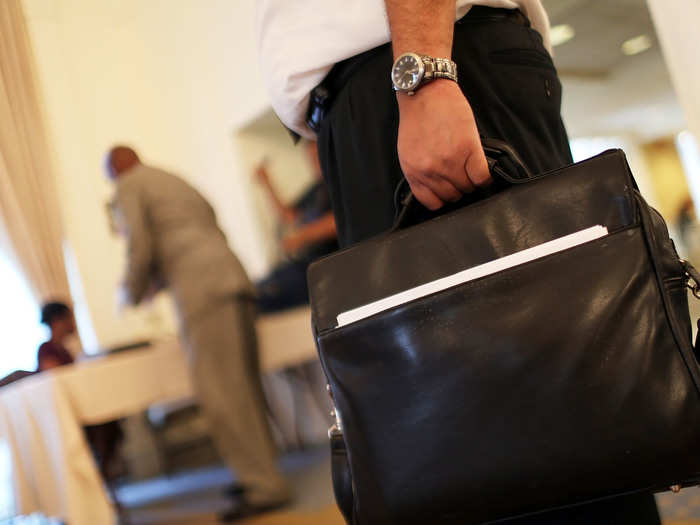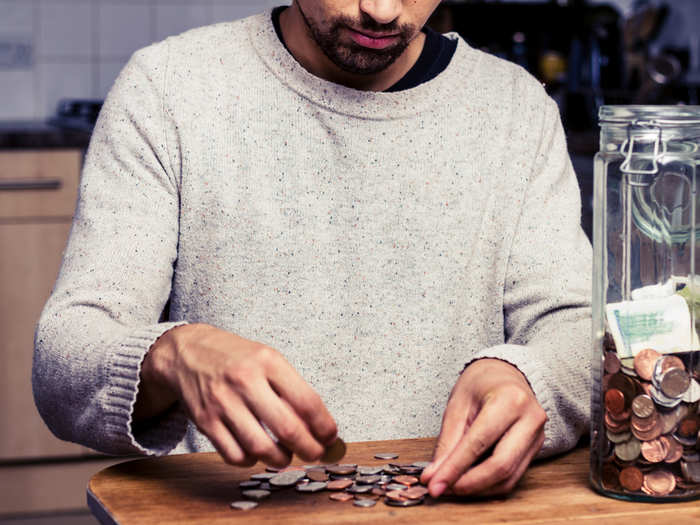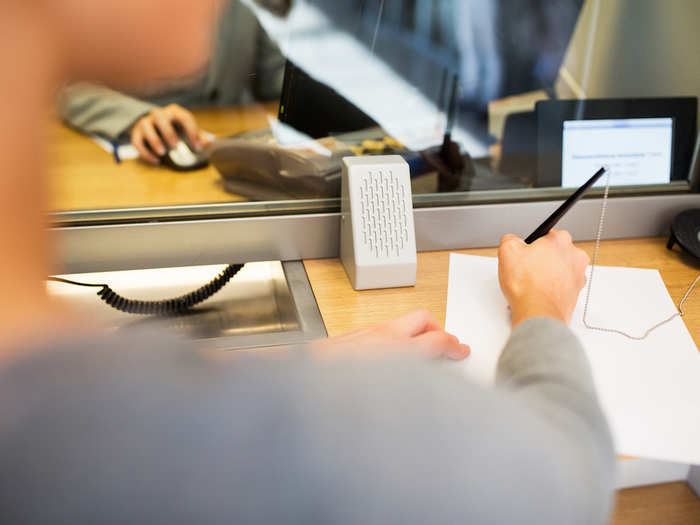- Home
- slideshows
- miscellaneous
- A 7-step plan to building an emergency fund, even if you're starting from scratch
A 7-step plan to building an emergency fund, even if you're starting from scratch
1. Consider your monthly expenses

2. Estimate your "reemployment period"

Losing your job could be one reason you may need to live off your emergency fund.
"In case you lose your primary source(s) of income, you need an idea of how long you might be without that income," Westlin said. "One way to estimate how much you might need is to multiply your monthly minimum expenses by your reemployment period — the number of months it might take you to find a new job."
3. Set up a monthly goal

It's essential to set career goals and to get in a routine of saving. "Once you have a sense of your expenses, consider what you need to do to save (at least) that much each month," Westlin said. "This will get you into the habit of saving regularly, making the task less overwhelming."
4. Cut at least one frivolous spend

Like it or not, you probably overspend in certain areas of your life, such as ordering takeout, going to brunch too often, or maintaining an expensive hobby.
"Consider cutting one night of eating out a week or not getting coffee before work every morning," Westlin said. "Add the money saved from that spend directly into your emergency fund, because every dollar makes a difference."
Read more: Here's how American spending habits have changed over the last few decades
5. Determine the best type of account for your emergency fund

Although it may be tempting to have your emergency fund be part of your everyday checking or savings account, Westlin advises against it.
“An emergency fund should be separate from your daily bank account, so you are not tempted to dip into the funds regularly,” he said. “For some, this could be a high-yield savings account. At Betterment, we recommend investing your emergency fund in a moderate-risk investment portfolio, such as our Safety Net Fund.”
Westlin also advised against keeping your emergency fund in cash, since you lose purchasing power over time due to inflation. “By investing these emergency savings, you can participate in market gains and mitigate inflation risk,” he said. “Of course, there is market risk to consider, so if you do choose to invest your emergency fund, we recommend adding a 30% buffer to your target balance to account for market fluctuation.”
6. Set up automatic transfers

You may already automate your bills, as well as money that goes into your savings from each paycheck, so automating money into your emergency savings account makes financial sense, too.
“Automation is your friend when saving,” Westlin said. “Use an online savings app, which allows you to establish rules for the transactions you make and will make automatic transfers on your behalf.”
7. Make sure the money is accessible

Your emergency fund shouldn't be too accessible, but it also shouldn't be in an account you cannot access at all.
"While you don't want to be dipping into it regularly, your emergency fund should be in a somewhat liquid account that you can access with a few days' notice," Westlin said.
Popular Right Now
Advertisement